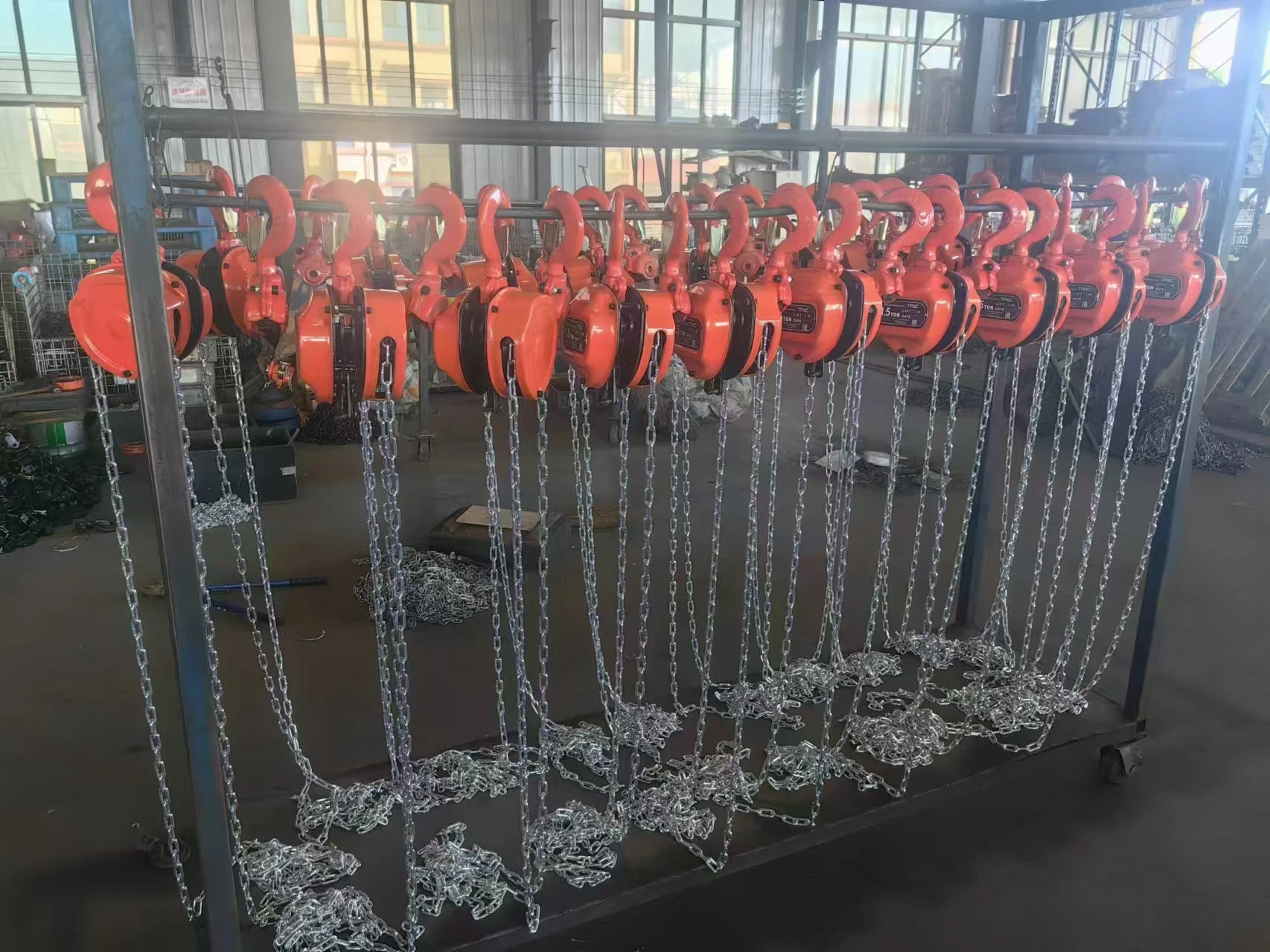


Crane Weighing An Essential Aspect of Modern Construction
In the bustling world of construction and heavy industry, crane weighing plays a crucial role in ensuring safety, efficiency, and successful project execution. As construction projects continue to scale in size and complexity, the need for precise load management becomes increasingly vital. This article delves into the importance of crane weighing, the techniques employed, and its broader implications in the construction sector.
At its core, crane weighing involves determining the weight of loads lifted by cranes—an operation that is fundamental to prevent accidents and equipment damages. Overloading a crane can lead to catastrophic failures, risking not just property but also lives. A well-documented case of such a failure occurred in 2008, when a crane collapsed during a high-rise construction in Miami, resulting in multiple casualties. Incidents like these underscore the necessity for rigorous crane weighing protocols.
Modern cranes are equipped with advanced technologies that streamline the weighing process. One such technique is the use of load cells, which are sensors that measure the load being lifted. These load cells convert the force exerted by the weight into an electrical signal, allowing operators to monitor the load in real-time. This instantaneous feedback is critical for maintaining the safe operation of cranes, particularly on large construction sites where multiple lifting operations are occurring simultaneously.
Another notable advancement in crane weighing is the use of digital displays and remote monitoring systems
. Many contemporary cranes come equipped with onboard computers that calculate and display the weight of the load along with other important metrics. This technology enhances accuracy, allowing operators to make better-informed decisions regarding load management. Moreover, the integration of wireless technology enables supervisors to monitor the operations from a distance, ensuring that safety regulations are adhered to without hindering productivity.
Safety regulations and best practices are at the forefront of crane operations. Organizations such as the Occupational Safety and Health Administration (OSHA) and various international safety standards outline the requirements for load weighing, training, and equipment maintenance. Compliance with these regulations is not merely a legal obligation; it is a commitment to the safety of all personnel involved in construction projects. Regular training sessions for crane operators on proper weighing techniques further mitigate the risks associated with lifting heavy loads.
In addition to safety enhancements, accurate crane weighing contributes significantly to productivity. When operators have real-time data on load weights, they can optimize lifting plans and minimize downtime. For instance, if a load is too heavy, operators can quickly assess alternative strategies, whether that involves using a more powerful crane or redistributing materials. This flexibility leads to greater efficiency, which is paramount in the highly competitive construction landscape.
Furthermore, the financial implications of crane weighing extend beyond safety and productivity. Preventing overload incidents can save companies substantial costs associated with repairs, legal fees, and potential project delays. In today's global market, where time is indeed money, companies that prioritize proper crane operations stand to gain a competitive edge.
As technology continues to advance, the future of crane weighing looks promising. Innovations such as smart sensors and predictive analytics may soon play a role in further enhancing the precision and reliability of crane operations. These developments will not only optimize performance but also contribute to the overall safety and sustainability of construction practices.
In conclusion, crane weighing is an indispensable aspect of modern construction that safeguards lives, promotes efficiency, and enhances financial outcomes. As the construction industry evolves, so too will the techniques and technologies surrounding crane operations. Embracing these advancements will not only benefit individual projects but will also set a new standard for safety and efficacy in the industry as a whole.



